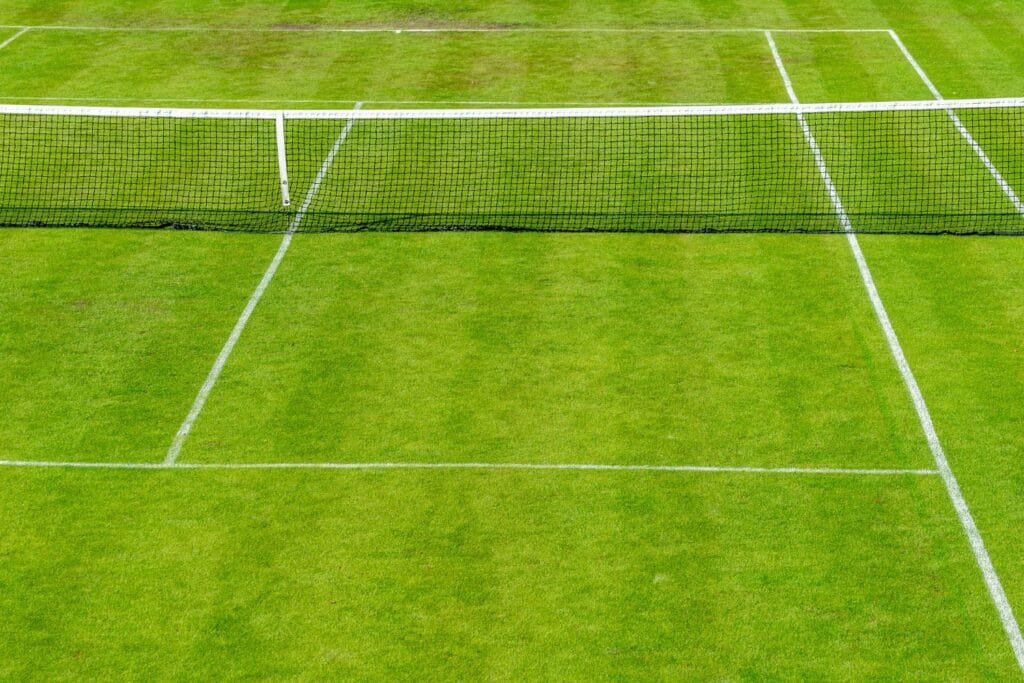
In Spain, padel is no longer just a game — it’s a cultural phenomenon. Once considered a novelty sport, padel has rapidly evolved into one of the country’s most beloved athletic pastimes. Today, it rivals football in popularity and outpaces tennis in player participation, with millions picking up a bat every week to enjoy this uniquely fast, fun, and social sport.
A Brief Overview of Padel
Padel is a racket sport played in doubles on an enclosed court about one-third the size of a tennis court. The walls are part of the game, much like in squash, and the rules and scoring closely resemble tennis. Played with solid, stringless rackets and a slightly depressurised ball, it offers long rallies and fast-paced action. Its appeal lies in its accessibility: it’s easy for beginners to pick up, but complex enough to challenge experienced athletes.
Invented in Mexico in the late 1960s, padel quickly gained traction in Argentina and then Spain, where it has found a particularly fertile ground for growth. By the early 2000s, it was already a common sight in Spanish holiday resorts and private clubs. But its expansion since then has been extraordinary.
Padel in Numbers
Spain is now the world leader in padel infrastructure and participation. There are an estimated 5–6 million regular padel players in the country, and more than 20,000 courts nationwide. It has officially surpassed tennis as Spain’s second most played sport, behind only football.
What makes these figures even more striking is the depth and breadth of engagement. Padel is played across all age groups, genders, and regions — from schoolchildren in Madrid to retirees on the Costa del Sol. It’s just as popular in rural areas as it is in the big cities. You’ll find padel courts in local sports centres, urban rooftops, housing complexes, beaches, and even converted warehouses.
Key Drivers of Growth
Several factors have contributed to the meteoric rise of padel in Spain. First and foremost is its social nature. Unlike tennis, which can be technically demanding and often played one-on-one, padel is typically played in doubles, encouraging interaction and community spirit. The smaller court and forgiving playing style mean that newcomers can enjoy the game from their very first match.
The affordability of playing is another key reason. Renting a court is inexpensive compared to other sports, and the necessary equipment is minimal. Many residential developments now include padel courts, making it convenient and accessible for families.
The COVID-19 pandemic also played a surprising role. As people sought outdoor activities that allowed for physical distancing, padel emerged as a safe and sociable option. This led to a surge in participation and a fresh wave of investment into the sport.
Professionalisation and Global Ambitions
Spain’s padel scene is not limited to recreational play. The country has become the hub of global professional padel, with top Spanish players like Juan Lebrón and Paquito Navarro becoming household names. The World Padel Tour (WPT), founded in Spain in 2013, has since grown into the premier global circuit for the sport, attracting international sponsors and broadcasting deals.
Many of the world’s top padel brands — including Bullpadel, Babolat, and Nox — are headquartered in Spain, and Spanish coaches are in demand across the globe.
Spain’s influence extends beyond its borders. The country serves as a training ground for elite players from across Europe, and Spanish firms are helping export padel to new markets, from the UK and France to the Middle East and the United States.
Cultural Integration
Padel has permeated Spanish culture in ways few sports have. Schools often include padel in PE curriculums, and universities have padel clubs and intramural leagues. Television channels cover professional matches, and social media is full of padel tutorials, memes, and tournament highlights.
The sport has also drawn in celebrities and public figures. Footballers like Gerard Piqué and Sergio Ramos are known enthusiasts, while former tennis star Rafael Nadal has invested in padel facilities and tournaments. Their support has helped bring further legitimacy and appeal to the sport.
Challenges and the Road Ahead
Despite its immense popularity, padel in Spain still faces challenges. Overcrowding at peak times is common, especially in urban areas where demand outstrips supply. There’s also an ongoing debate about court noise in residential areas, and environmental concerns regarding artificial surfaces and lighting.
Nevertheless, the future looks bright. Continued investment from both the public and private sectors, along with growing international attention, suggests padel’s momentum in Spain is far from slowing. The country is also taking steps to support youth development, coach certification, and more inclusive participation.
Conclusion
Spain has transformed padel from a leisure activity into a national sport. With millions playing, thousands of courts, and a vibrant professional scene, it has become embedded in the Spanish way of life. More than just a trend, padel in Spain is a testament to how a sport can thrive when it is accessible, inclusive, and above all, fun. Whether you’re in Barcelona, Seville, or a small village in Galicia, chances are a padel match is being played not far from you.
